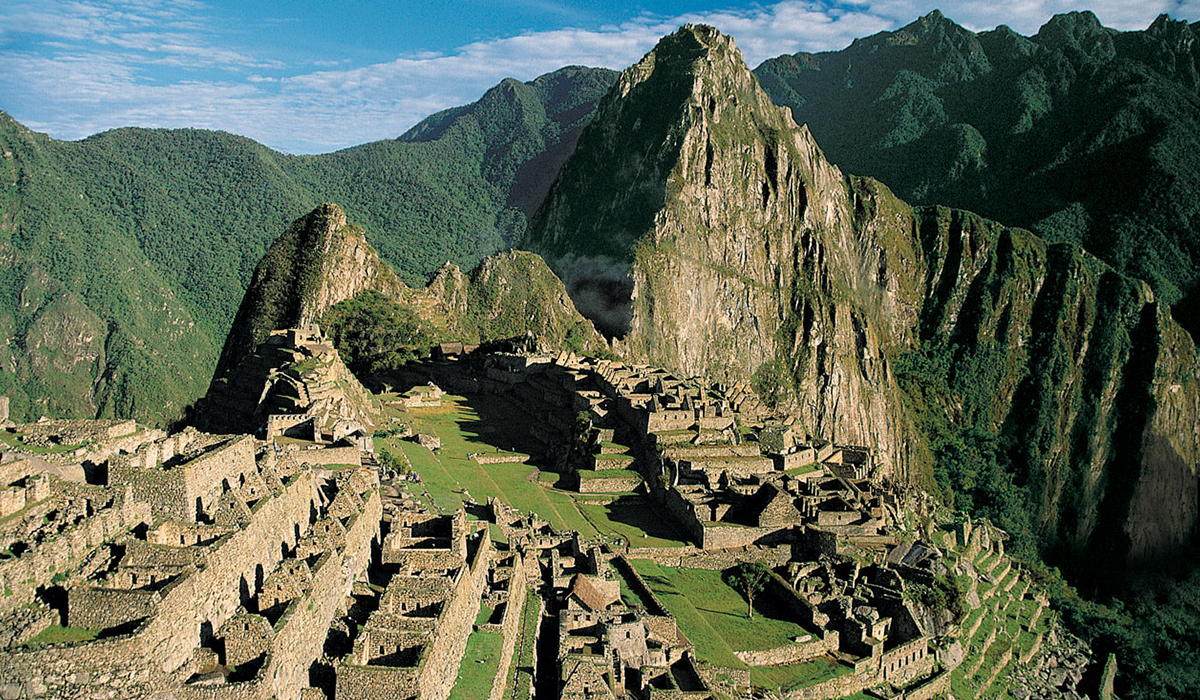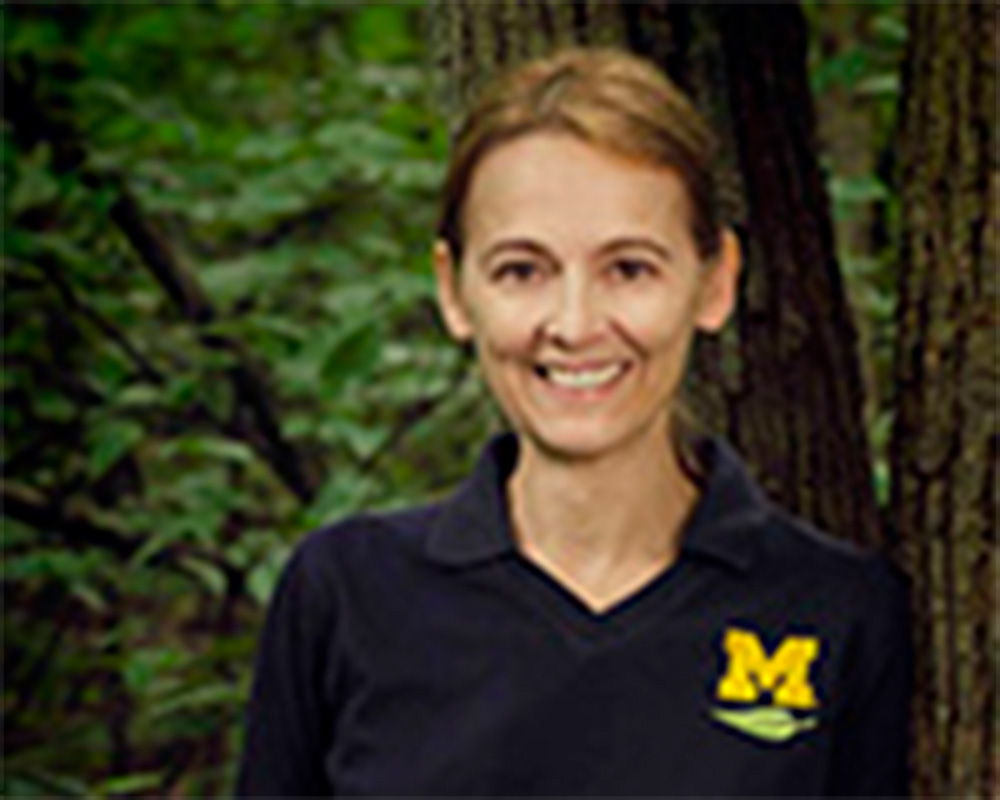
We use cookies to ensure you get the best experience on our website. By using this site, you accept our use of cookies.
These destinations are ranked as two of South America’s greatest treasures: the enigmatic ruins at Machu Picchu and the fascinating Galapagos Islands, known as Charles Darwin’s “living laboratory.”
These destinations are ranked as two of South America’s greatest treasures: the enigmatic ruins at Machu Picchu and the fascinating Galapagos Islands, known as Charles Darwin’s “living laboratory.”
Day 1: Depart U.S. for Lima, Peru
Day 2: Lima
Day 3: Lima | Cuzco | Sacred Valley
Day 4: Sacred Valley
Day 5: Sacred Valley | Machu Picchu | Aguas Calientes
Day 6: Machu Picchu | Cuzco
Day 7: Cuzco
Day 8: Cuzco | Lima | Quito
Day 9: Quito
Day 10: Quito | Baltra | Santa Cruz Island
Day 11: North Seymour Island | Bachas Beach
Day 12: South Plaza Island | Punta Carrion
Day 13: Santa Cruz Island
Day 14: Santa Cruz Island | Baltra | Quito
Day 15: Quito | Depart for U.S.

I lived in five different countries.
I’m a global change ecologist, working on how global change factors (climate, pollution, landscape degradation) affect natural ecosystems and the services they provide to society. My field work focuses on Forest Ecosystems in the Great Lakes region. Related to that topic I teach Woody Plants of Michigan and Forest Ecosystems (this class at the University of Michigan Biological Station). My research also addresses ‘forecasting’, i.e., predicting the structure and function of ecosystems and natural populations. In that area, mostly analysis and modeling, I work with species and systems all over the world. I also teach two classes related to this topic: Natural Resource Statistic and Analysis and Modeling of Environmental Data.
This trip includes a tremendous variety of ecosystems, from high mountain areas, and the environmental gradient they involve, to one of the most emblematic regions of species richness and uniqueness. Both, their geologic history and human influence, makes them fascinating areas to study natural history and human relations with the environment.